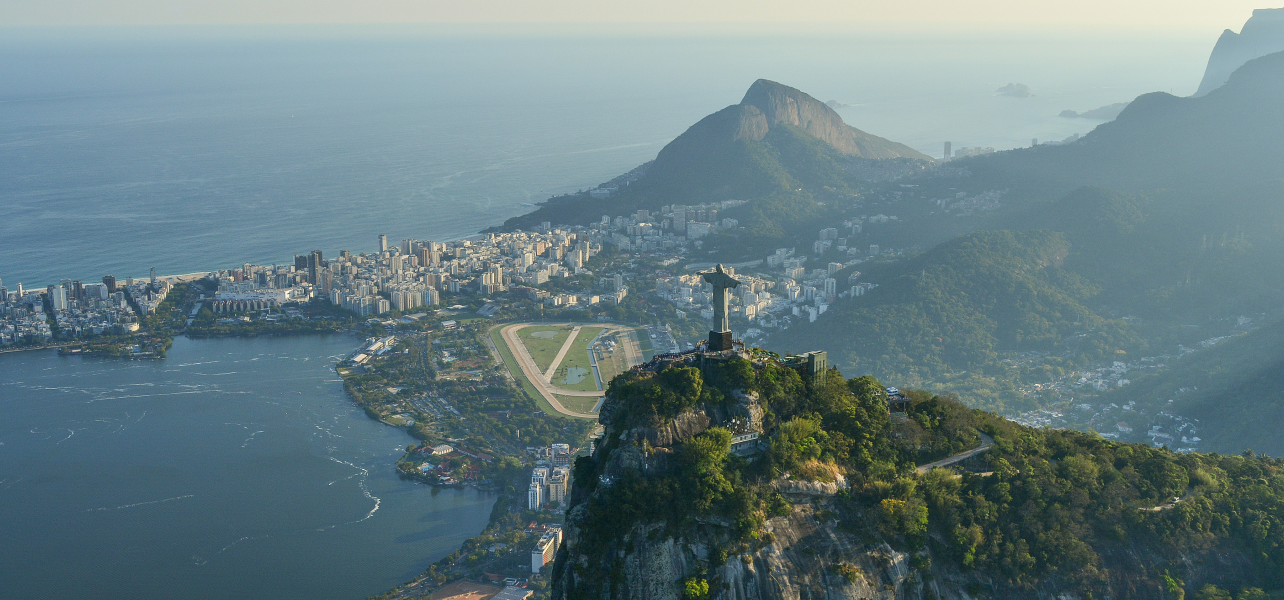
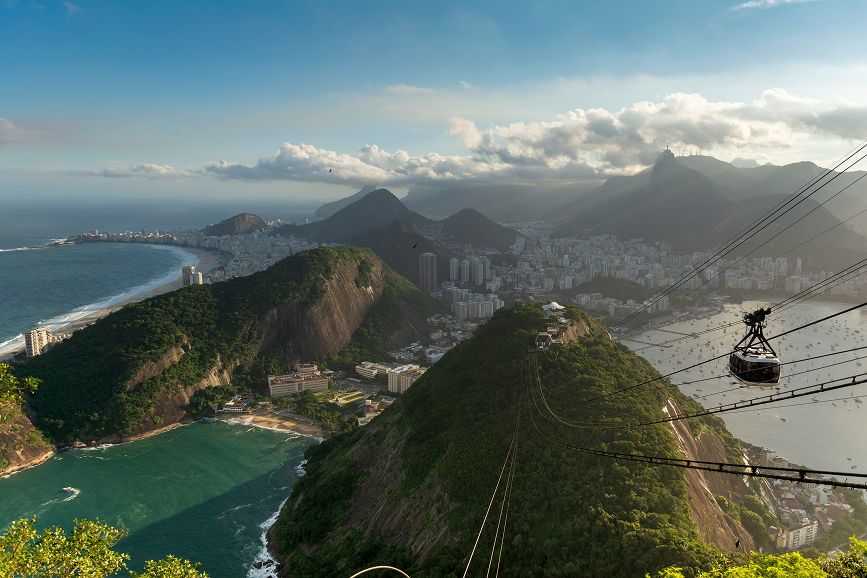
Feel the energy of Rio with a local guide. Hike to Christ the Redeemer, walk the streets of Santa Teresa, and relax at quiet beaches away from the crowds. Explore both iconic landmarks and hidden corners with expert insight
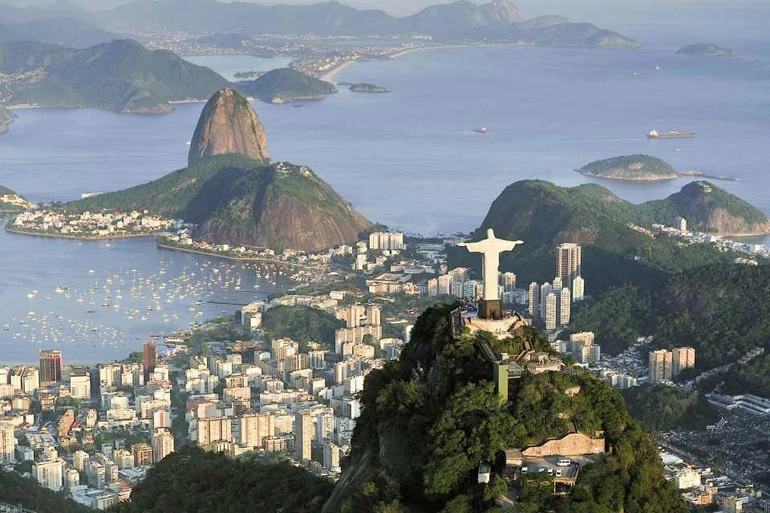
Corcovado (korcovádo) which means "hunchback" in Portuguese,[1] is a mountain in central Rio de Janeiro, Brazil. It is a 710-metre (2,329 ft) granite peak located in the Tijuca Forest, a national park. Corcovado hill lies just west of the city center but is wholly within the city limits and visible from great distances. It is known worldwide for the 38-metre (125 ft) statue of Jesus atop its peak, entitled Christ the Redeemer, which was voted as one of the New Seven Wonders of the World.
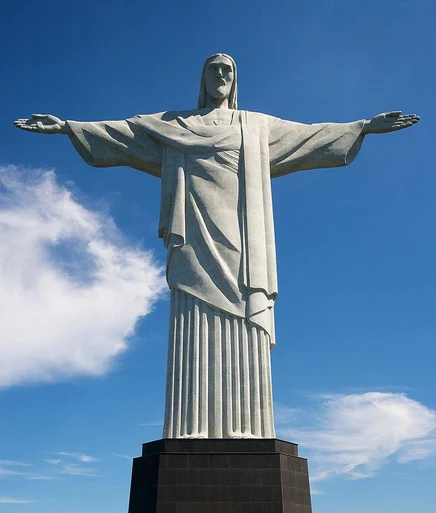
Christ the Redeemer (Portuguese: Cristo Redentor, standard Brazilian Portuguese: [ˈkɾistu ʁedẽˈtoʁ], local pronunciation: [ˈkɾiɕtŭ̥ xe̞dẽˈtoɦ]) is an Art Deco statue of Jesus Christ in Rio de Janeiro, Brazil, created by French sculptor Paul Landowski and built by Brazilian engineer Heitor da Silva Costa, in collaboration with French engineer Albert Caquot. Romanian sculptor Gheorghe Leonida sculpted the face. Constructed between 1922 and 1931, the statue is 30 metres (98 ft) high, excluding its 8-metre (26 ft) pedestal. The arms stretch 28 metres (92 ft) wide.[1][2] It is made of reinforced concrete and soapstone. Christ the Redeemer differs considerably from its original design, as the initial plan was a large Christ with a globe in one hand and a cross in the other. Although the project organisers originally accepted the design, it later changed to the statue of today, with the arms spread out wide. The statue weighs 635 metric tons (625 long, 700 short tons), and is located at the peak of the 700-metre (2,300 ft) Corcovado mountain in the Tijuca National Park overlooking the city of Rio de Janeiro. A symbol of Christianity around the world, the statue has also become a cultural icon of both Rio de Janeiro and Brazil and was voted one of the New Seven Wonders of the World.

Sugarloaf Mountain (Portuguese: Pão de Açúcar, pronounced [ˈpɐ̃w̃ d͡ʒ(i) ɐˈsukaʁ]) is a peak situated in Rio de Janeiro, Brazil, at the mouth of Guanabara Bay on a peninsula that juts out into the Atlantic Ocean. Rising 396 m (1,299 ft) above the harbor, the peak is named for its resemblance to the traditional shape of concentrated refined loaf sugar. It is known worldwide for its cableway and panoramic views of the city and beyond. The mountain is one of several monolithic granite and quartz mountains that rise straight from the water's edge around Rio de Janeiro. Geologically, it is considered part of a family of steep-sided rock outcroppings known as non-inselberg bornhardts. The mountain is protected by the Sugarloaf Mountain and Urca Hill Natural Monument, created in 2006. This became part of a World Heritage Site declared by UNESCO in 2012.
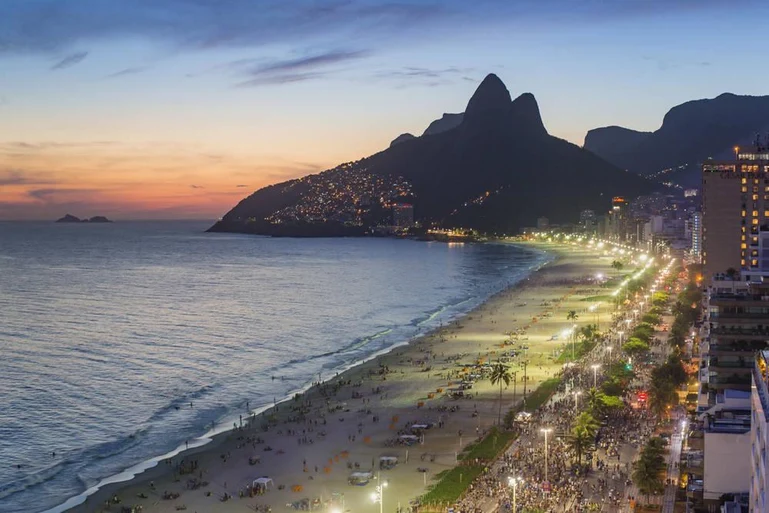
Ipanema (Portuguese pronunciation: [ipaˈnẽmɐ]) is a neighbourhood located in the South Zone of the city of Rio de Janeiro, Brazil, between Leblon and Arpoador. The beach at Ipanema became known internationally with the popularity of the bossa nova jazz song, "The Girl from Ipanema" ("Garota de Ipanema"), written by Antônio Carlos Jobim and Vinícius de Moraes.
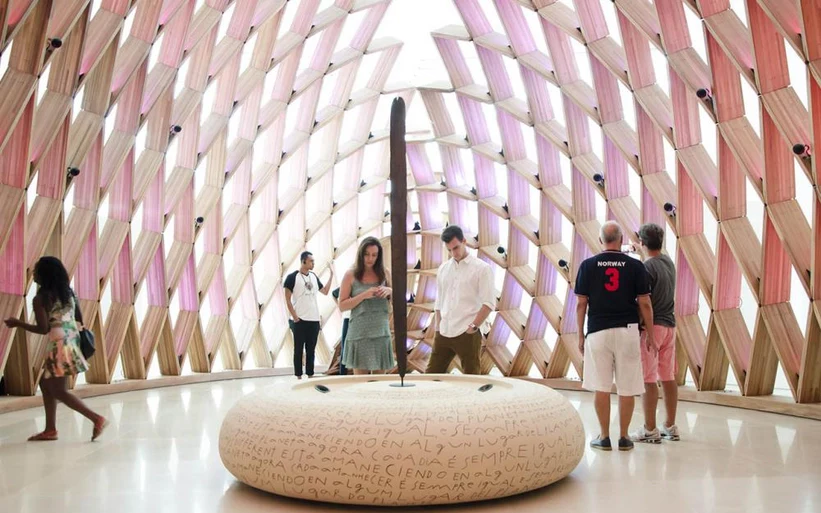
The Museum of Tomorrow is a museum built in the city of Rio de Janeiro, Brazil. The building, designed by the Spanish architect Santiago Calatrava, was built next to Praça Mauá, in the port area (more precisely at Pier Mauá). Its construction was supported by the Roberto Marinho Foundation and had a total cost of around 230 million reais. The building was inaugurated on December 17, 2015 with the presence of the then President of Brazil Dilma Rousseff and received around 25,000 visitors in its first weekend of operation.
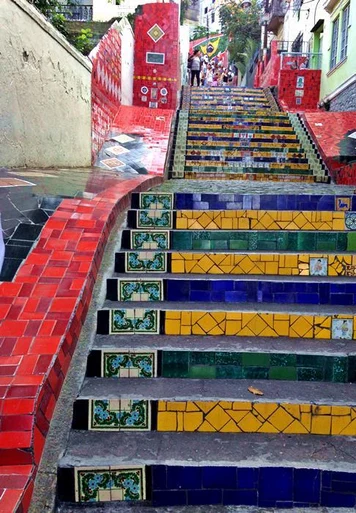
Escadaria Selarón, also known as the 'Selaron Steps', is a set of world-famous steps in Rio de Janeiro, Brazil. They are the work of Chilean-born artist Jorge Selarón who claimed it as "my tribute to the Brazilian people". In 1990, Selarón began renovating dilapidated steps that ran along the front of his house. At first, neighbours mocked him for his choice of colours as he covered the steps in fragments of blue, green and yellow tiles – the colours of the Brazilian flag. It started out as a side-project to his main passion, painting, but soon became an obsession. He found he was constantly out of money, so Selarón sold paintings to fund his work. It was long and exhausting work but he continued on and eventually covered the entire set of steps in tiles, ceramics and mirrors.
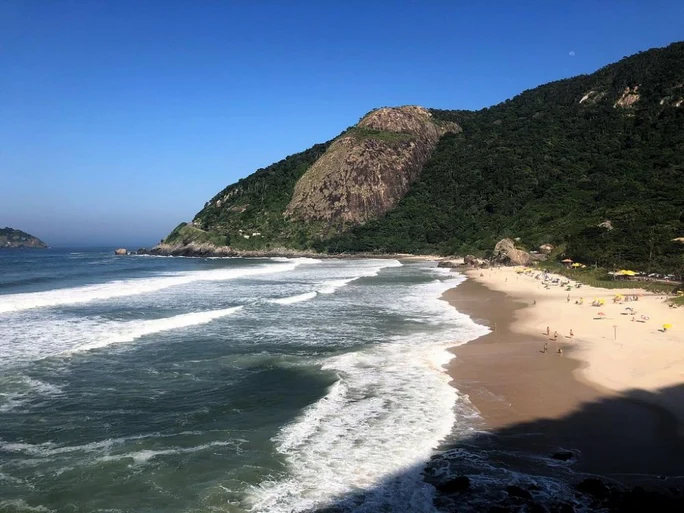
Prainha means “little beach” in Portuguese. Located between Recreio and Grumari districts, Prainha is a part of environmental protection area Área de Proteção Ambiental Prainha. One of the cleanest beaches in Rio de Janeiro area. Very popular among surfers and nature lovers
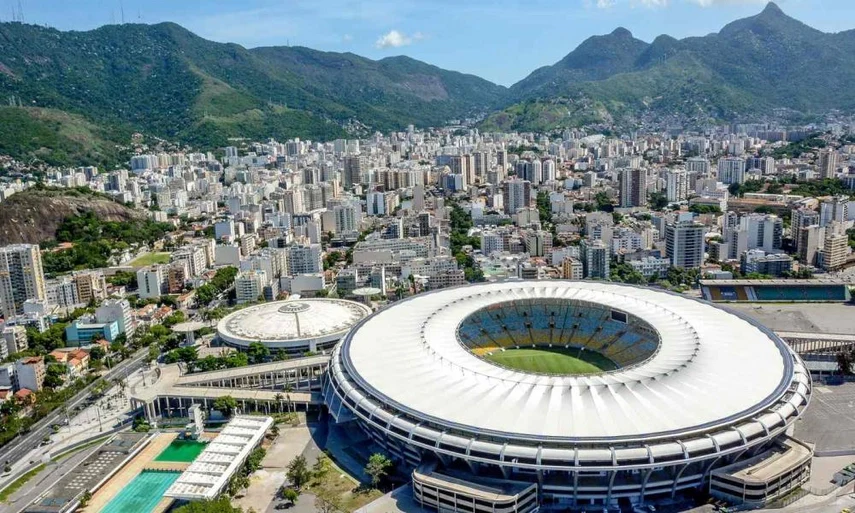
Maracanã has already been the scenery of the most important Brazilian soccer classic and earned historical moments of the international soccer. Monumental facts, like the thousandth goal of king Pelé, in 1969.
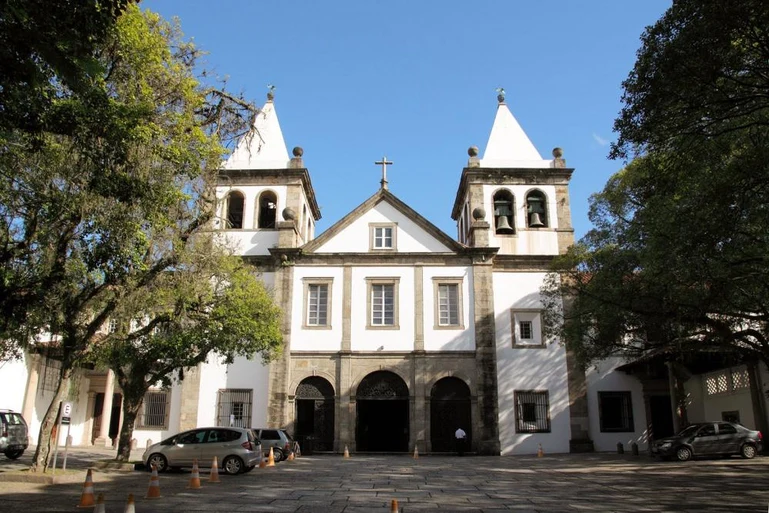
Work on the Monastery of São Bento began in 1633 based on a project from 1617, and important modifications and expansions were carried out at the end of the 17th century. The monastery still operates as such, and beside it one of the most important and traditional educational establishments in Brazil: Colégio de São Bento, founded in 1858, which trained a considerable number of Brazilian personalities, such as Pixinguinha, Benjamin Constant, Noel Rosa, Antônio Silva Jardim, Villa-Lobos, among others.
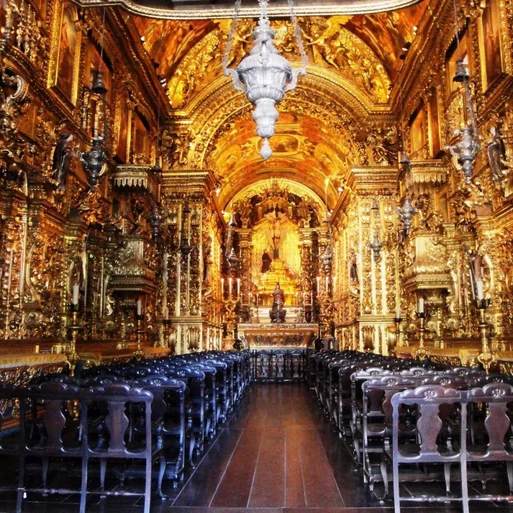
The laity of the Order of the Third Order of San Francisco settled in Rio de Janeiro in 1619, occupying a chapel inside the church of the Convent of Santo Antônio, located at the top of the Santo Antônio hill. In the middle of the 17th century, the Franciscan convent donated land next to the convent church for them to build their own temple. The Church of São Francisco da Penitência was built, with interruptions, between 1657 and 1733.
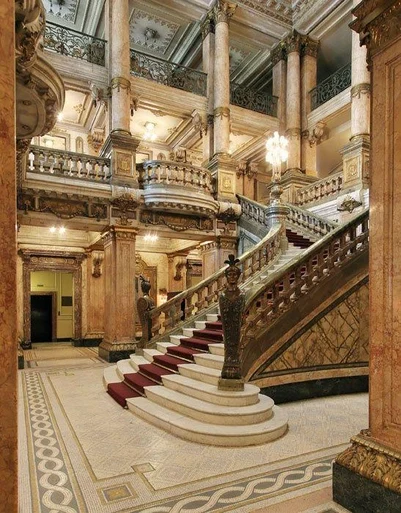
The Theatro Municipal ("Municipal Theater") is an opera house in the Centro district of Rio de Janeiro, Brazil. Built in the early twentieth century, it is considered to be one of the most beautiful and important theaters in the country. The building is designed in an eclectic style, inspired by the Paris Opéra of Charles Garnier. The outside walls are inscribed with the names of classic European and Brazilian artists. It is located near the National Library and the National Fine Arts Museum, overlooking the spacious Cinelândia square.
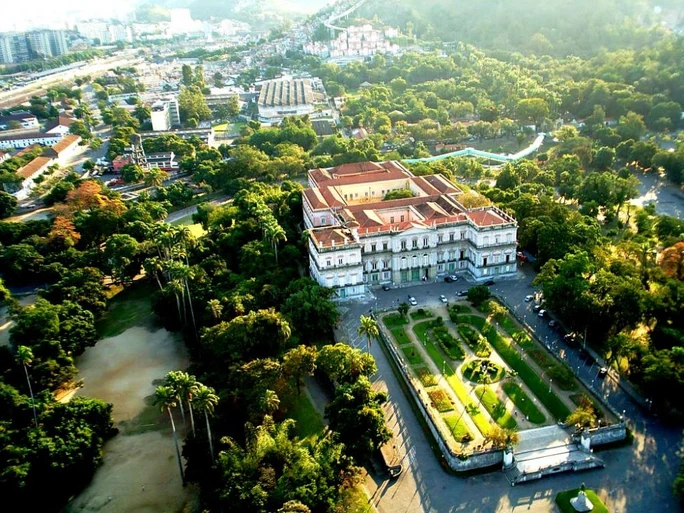
The Quinta da Boa Vista (English: "Estate of the Good View") is a public park of great historical importance located in the São Cristóvão neighbourhood, in the North zone of the city of Rio de Janeiro, Brazil. The park was part of the gardens of the São Cristóvão Palace, the residence of the Emperors of Brazil in the 19th century and the home of the Zoological Garden of Rio de Janeiro, with over 2000 species of animals. The building of the old palace hosted the National Museum, with collections on natural history, ethnology and archaeology.
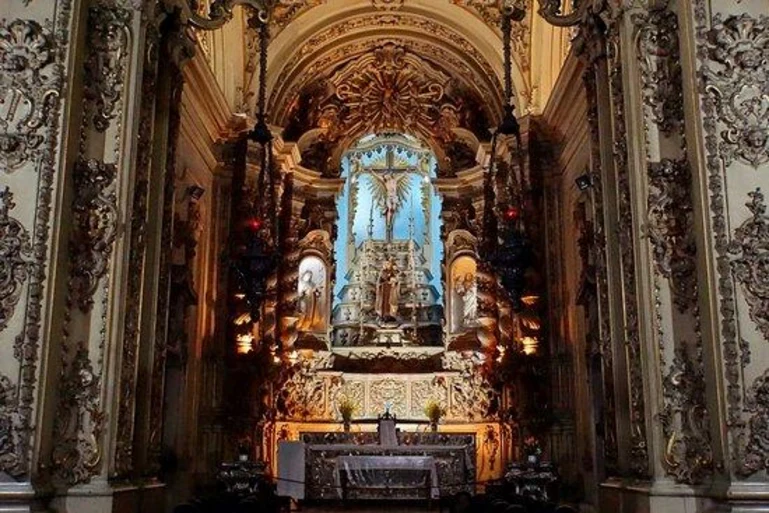
The Church of the Third Order of Mount Carmel (Portuguese: Igreja da Ordem Terceira do Carmo, also known as the Igreja da Ordem Terceira do Monte do Carmo) is an 18th-century Roman Catholic church in Salvador, Bahia, Brazil. It is located adjacent to the Church and Convent of Our Lady of Mount Carmel (Igreja e Convento de Nossa Senhora do Carmo). Work on the church began in 1644. It was destroyed by fire in 1788 and subsequently rebuilt. The church is a large complex consisting of a nave, chancel, choir, corridors, tribunes, meeting rooms, and a sacristy. The interior was richly decorated in the 18th century; the painting of the ceiling of the nave is the first major work by José Teófilo de Jesus. The Church of the Third Order of Mount Carmel was listed as a historic structure by National Institute of Historic and Artistic Heritage (IPHAN) in 1938 and is part of the Historic Center of Salvador UNESCO World Heritage Site.
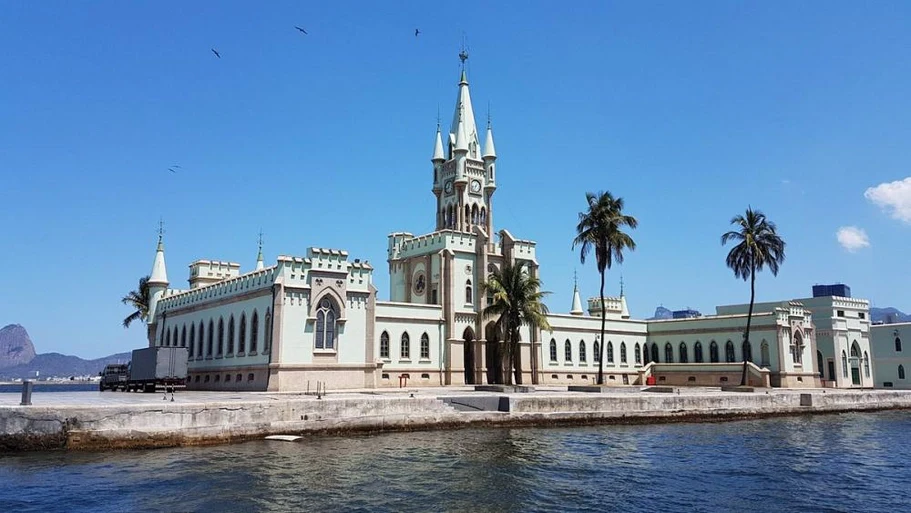
Originally named by Europeans as Rat Island (Portuguese: Ilha dos Ratos), its current name comes from the fact that the customs department has been stationed there before Guarda Fiscal, serving the port of the then-capital of the Empire during the nineteenth century. The customs offices were housed at a Neo-Gothic palace built under Pedro II,[a] which occupies most of the island. The island became famous as the site of the famous Fiscal Island Ball (Portuguese: Baile da Ilha Fiscal), the last royal ball of the Empire before the coup d'état that proclaimed the Republic in November 1889.
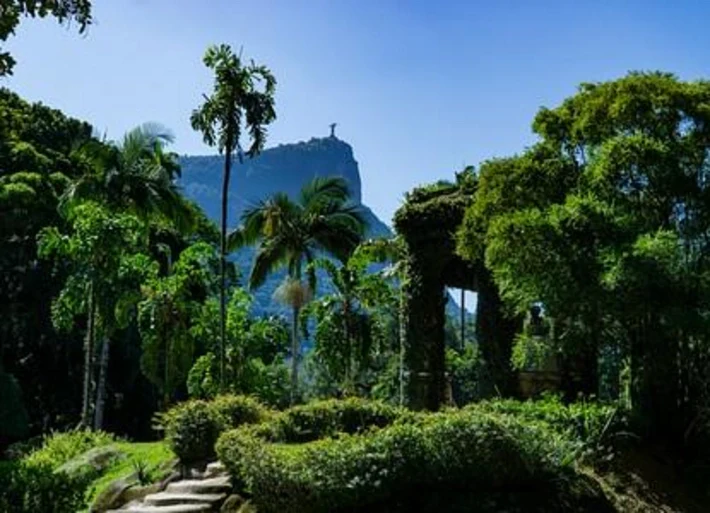
The Botanical Garden shows the diversity of Brazilian and foreign flora. There are around 6,500 species (some endangered) distributed throughout an area of 54 hectares (130 acres) as well as numerous greenhouses. The garden also houses monuments of historical, artistic, and archaeological significance. There is an important research center, which includes the most complete library in the country specializing in botany with over 32,000 volumes.
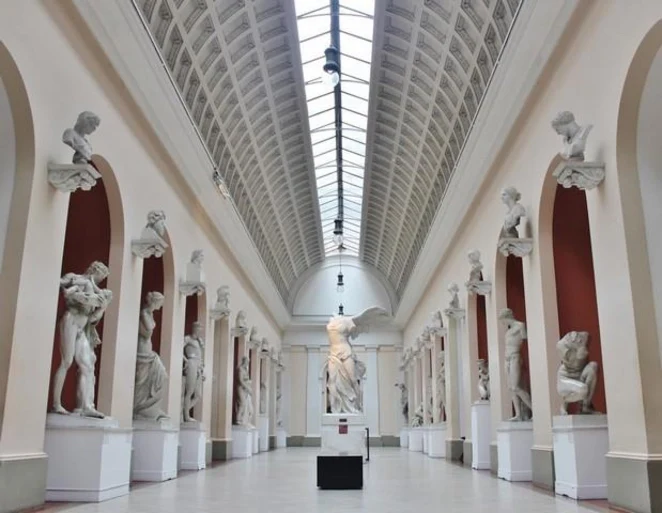
The Museu Nacional de Belas Artes (MNBA; Portuguese for National Museum of Fine Arts) is a national art museum located in the city of Rio de Janeiro, Brazil. The museum, officially established in 1937 by the initiative of education minister Gustavo Capanema [pt], was inaugurated in 1938 by President Getúlio Vargas. The museum collection, on the other hand, takes its rise in the transfer of the Portuguese Court to Brazil in the early 19th century, when King John VI brought along with him part of the Portuguese Royal Collection. This art collection stayed in Brazil after the King's return to Europe and became the core collection of the National School of Fine Arts. When the museum was created in 1937, it became the heir not only the National School collection, but also of its headquarters, a 1908 eclectic style building projected by Spanish architect Adolfo Morales de los Ríos.
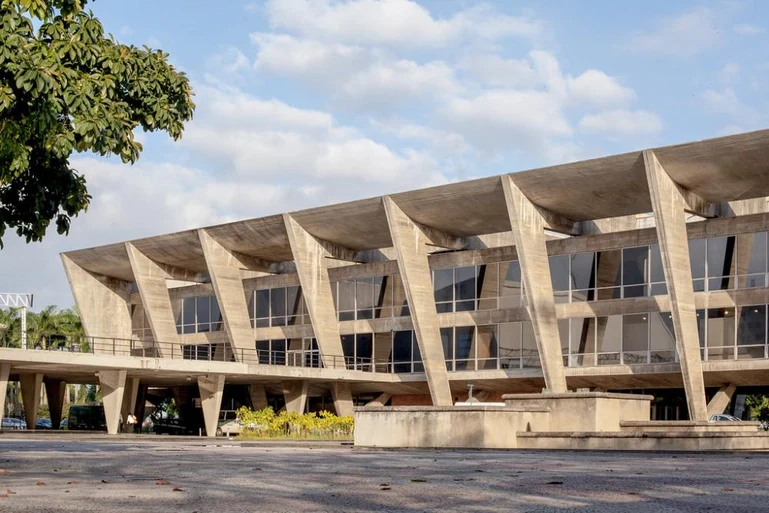
Flamengo Park was an urban planning project on the coast of Rio under the direction of Roberto Burle Marx (1909-1994) in the 1950s and 1960s.[2] The Modernist concrete museum building, designed by Affonso Eduardo Reidy (1909-1964), was completed in 1955. The museum's landmark Modernist gardens were designed by Burle Marx.
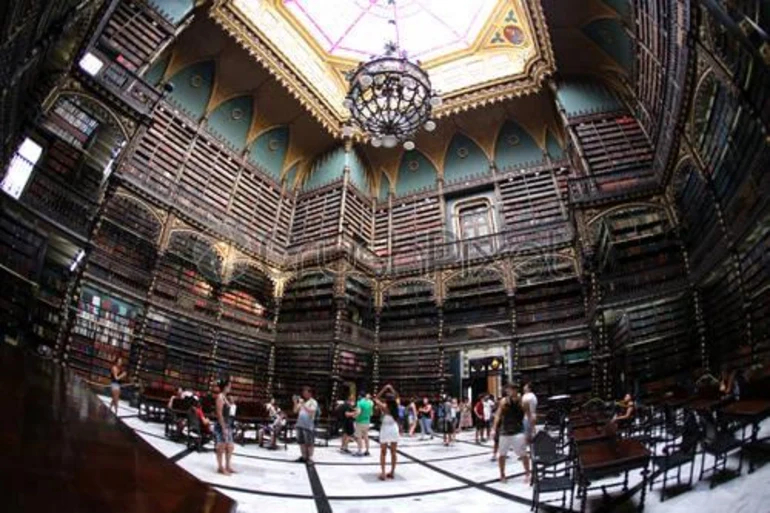
The Royal Portuguese Cabinet of Reading (Portuguese: Real Gabinete Português de Leitura) is a library and lusophone cultural institution . It is listed by the State Institute of Cultural Heritage. Elected the fourth most beautiful library in the world by Time magazine, the Cabinet has the largest collection of Portuguese literature outside Portugal.
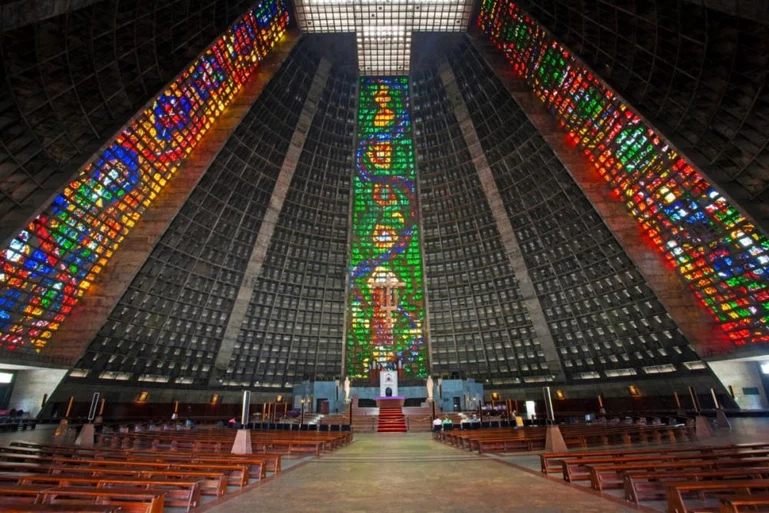
The Metropolitan Cathedral of Saint Sebastian (Portuguese: Catedral Metropolitana de São Sebastião), better known as the Metropolitan Cathedral of Rio de Janeiro (Catedral Metropolitana do Rio de Janeiro) or as the Cathedral of St. Sebastian of Rio de Janeiro (Catedral de São Sebastião do Rio de Janeiro), is the seat of the Roman Catholic Archdiocese of São Sebastião do Rio de Janeiro. The cathedral is the See of the Metropolitan Archbishops of the city of Rio de Janeiro, Brazil. The church is dedicated to Saint Sebastian, the patron saint of Rio de Janeir
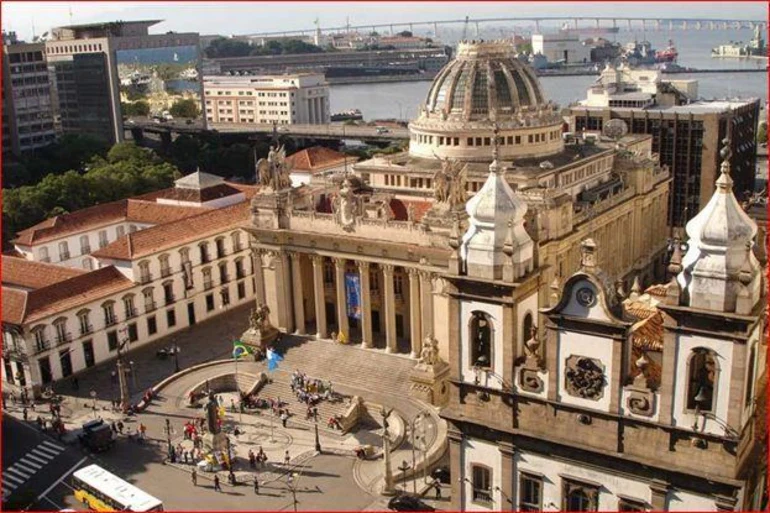
The Tiradentes Palace (Portuguese: Palácio Tiradentes), was inaugurated on 6 May 1926 and is located in the Centro neighborhood (bairro), next to the Paço Imperial in Rio de Janeiro, Brazil. It was the former seat of the Chamber of Deputies of Brazil, between 1926 and 1960, and is the current seat of the Legislative Assembly of the State of Rio de Janeiro.
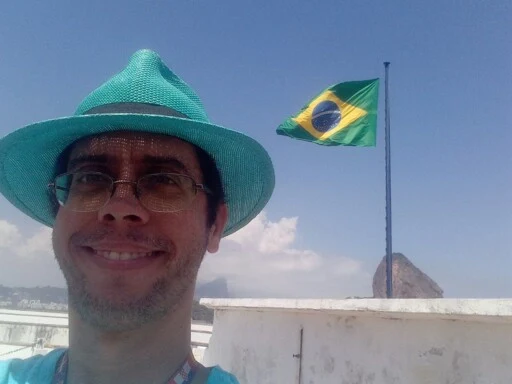 local
localLanguages:
Profile verified
 pro
proLanguages:
Profile verified
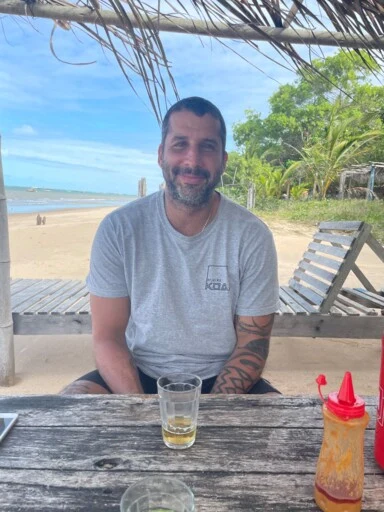 local
localLanguages:
Profile verified
 local
localLanguages:
Profile verified
 pro
proLanguages:
Profile verified
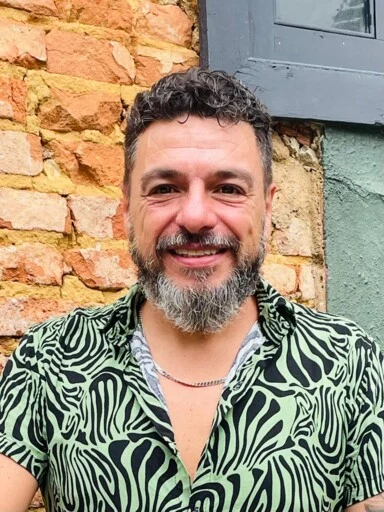 pro
proLanguages:
Profile verified
 pro
proLanguages:
Profile verified
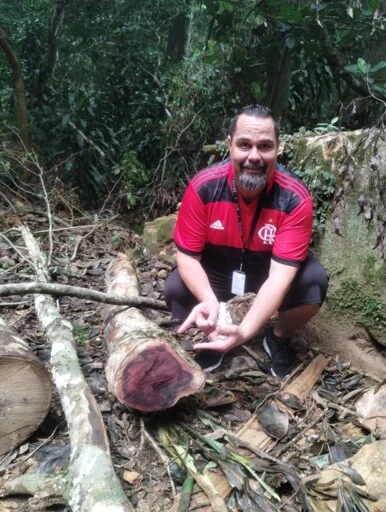 pro
proLanguages:
Profile verified
 pro
proLanguages:
Profile verified
 pro
proLanguages:
Profile verified
 local
localLanguages:
Profile verified
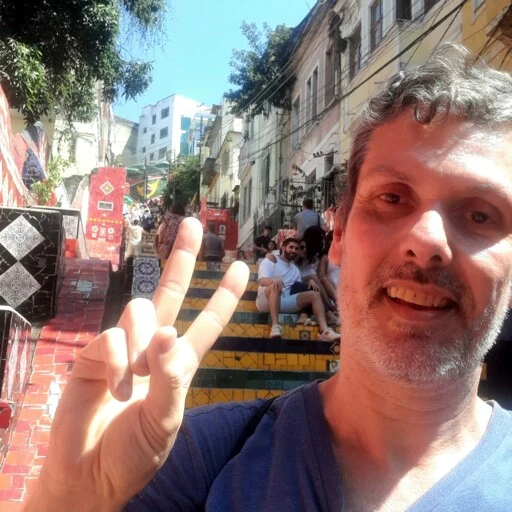 pro
proLanguages:
Profile verified
 pro
proLanguages:
Profile verified
 pro
proLanguages:
Profile verified
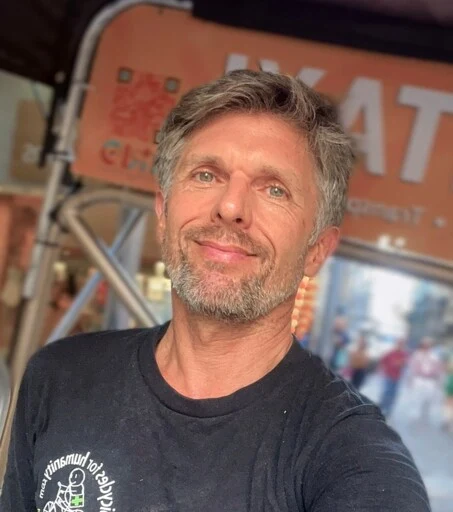 local
localLanguages:
Profile verified
 pro
proLanguages:
Profile verified
 local
localLanguages:
Profile verified
 pro
proLanguages:
Profile verified
 pro
proLanguages:
Profile verified
Languages:
Profile verified
Find a personal guide in just 1 minute and create your dream itinerary!

FindGuide is a platform for finding private and local guides around the world. You can choose a guide in advance who will show you the city from a local perspective, not just the standard tourist route.
Enter the city or country you're interested in into the search bar, choose a guide you like, and send them a request. All bookings are made directly on the platform.
We offer walking, food, historical, driving, private, and family tours in more than 100 destinations.
Yes, all guides go through moderation and verification. You can read reviews from other travelers, check the guide’s rating, and view their profile with photos and experience descriptions.
Tour prices vary depending on the destination, duration, and format. You see the cost upfront — no hidden fees.
Yes, the app is completely free for tourists. You can place your tour requests for local guides and access expert travel content totally free of charge.

